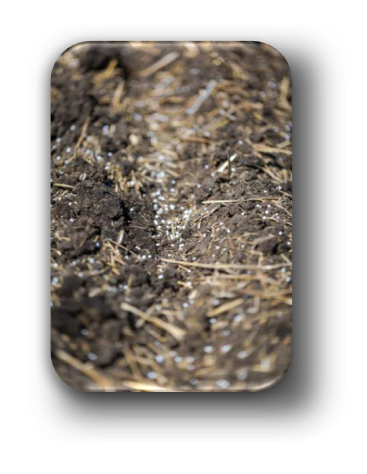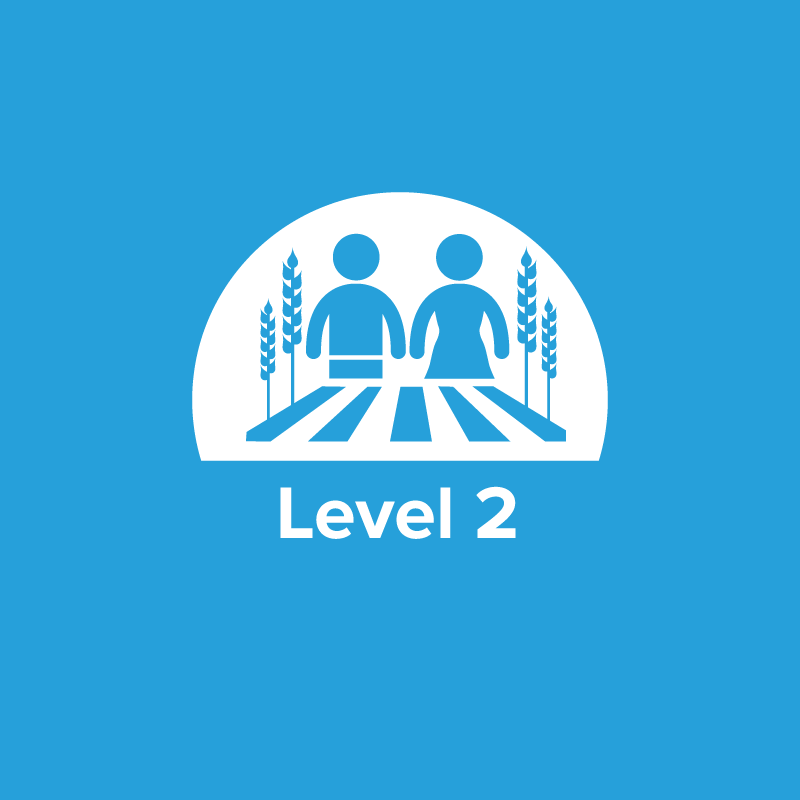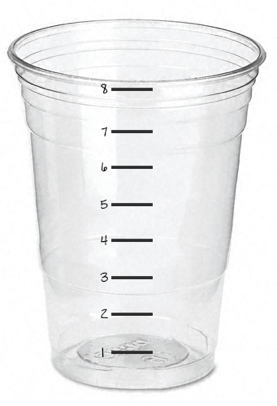Journey 2050 takes students on a virtual simulation that explores world food sustainability and answers the question, "How will we sustainably feed nearly 10 billion people by the year 2050?" The lesson plans and online simulation program allows students to make decisions on a virtual farm and witness their impact on society, the environment and the economy at a local and global scale. The lessons engage students with the important concepts regarding sustainable agriculture. The online simulation contextualizes these concepts as students experience the lives of three farm families in Kenya, India and Canada. As students interact with each family, they learn the role of best management practices in feeding the world, reducing environmental impacts, and improving social performance through greater access to education, medical care and community infrastructure. These lessons can be taught individually or as an entire unit. See the links below for the remaining lessons: 
Nutrients are essential. We need them to produce food. They provide energy and support the growth and maintenance of our bodies. Without adequate nutrients, people become malnourished and cannot protect themselves from disease.
We get our nutrients from plants and animals through the food we eat. Animals get their nutrients from the plants they eat, and plants take nutrients from the soil and elements from the air.
 Plants require 17 essential nutrients. The primary nutrients are nitrogen (N), phosphorus (P) and potassium (K). Each nutrient does many things for the plant but the basics are these:
Plants require 17 essential nutrients. The primary nutrients are nitrogen (N), phosphorus (P) and potassium (K). Each nutrient does many things for the plant but the basics are these:
- Nitrogen is often called the Builder. It is necessary for chlorophyll synthesis, which helps the plant stay healthy, green and strong. Nitrogen helps make proteins as well.
- Phosphorus is referred to as the Enforcer. It helps the plant trap and use the sun’s energy to make food through photosynthesis. Plants also need phosphorus to grow healthy root systems.
- Potassium is the Protector. Potassium protects plants against diseases and helps them stay healthy when it is cold or dry by facilitating the movement of nutrients and water within the plant to where they’re needed most.
We may not realize it, but the soil beneath our feet is a vibrant source of life and nutrients. Soil is home to lots of living and non-living materials. This includes rocks, minerals, bacteria and countless insects and organisms so small you need a microscope to see them. It takes a long time to make soil. As rock crumbles and erodes, the minerals mix with organic material from the remains of plants and animals that decay over time, creating nutrient-rich soil.
Soils are like a bank where nutrients and water are stored. Plants get the nutrients they need from the soil through their roots. If these nutrients are not replaced using fertilizer and organic material, the bank is depleted and the soil slowly becomes less fertile.
Nutrient-deficient plants show symptoms like turning pale-yellow in color and have poor growth. They’re less able to compete with weeds and resist plant diseases, insects or drought. These plant health problems may result in less food grown with lower nutritional value.
Best management practices are developed from science and experience. They’re used to prevent soil depletion, improve production on current land and make sure farmers aren’t forced to move onto new, fertile land elsewhere. Thus, more natural habitat is preserved. These practices range from the simple planting of shelter belts or hedge trees for the prevention of soil erosion to more technical practices like the use of global positioning systems for the precise application of nutrients. Best management practices differ depending on the unique characteristics of each farm, but each practice allows farmers to do more with less.
The 4R Nutrient Stewardship System is an example of one best management practice that farmers use. First, farmers test the soil to find out what nutrients the soil needs, and then they select the seed that will grow best in the area. Next, they use the 4Rs—right source, right rate, right time and right place—to precisely apply the nutrients required to grow a healthy crop.
Farmers start by determining the right source, which will provide the correct combination of nutrients. Then they figure out the exact amount the plant needs; this is the right rate—not too much and not too little. The nutrients must then be applied at the right time of year and in the right place in the field to increase crop uptake.
The 4R Nutrient Stewardship System can help farm families, especially when used in combination with other best management practices. For example, in Kenya farmers carefully bury fertilizers, plant material or manure near plants’ roots using the 4Rs. If they applied nutrients on the surface (not the right place), the nutrients would be at risk of being lost to the environment. Too many losses can cause negative impacts on air, water quality and habitats. In the long run, it’s not sustainable.
That’s why best management practices like the creation of riparian areas and the use of the 4R Nutrient Stewardship System are so important. Together all of these practices can improve crop yields, increase soil quality, increase farm profits and protect habitats.
You will have the opportunity to help your farm families use best management practices to improve sustainability. Remember the sustainability barrel. Be thoughtful with your choices. And always keep in mind that every decision has more than one impact on sustainability.

 Plants require 17 essential nutrients. The primary nutrients are nitrogen (N), phosphorus (P) and potassium (K). Each nutrient does many things for the plant but the basics are these:
Plants require 17 essential nutrients. The primary nutrients are nitrogen (N), phosphorus (P) and potassium (K). Each nutrient does many things for the plant but the basics are these: